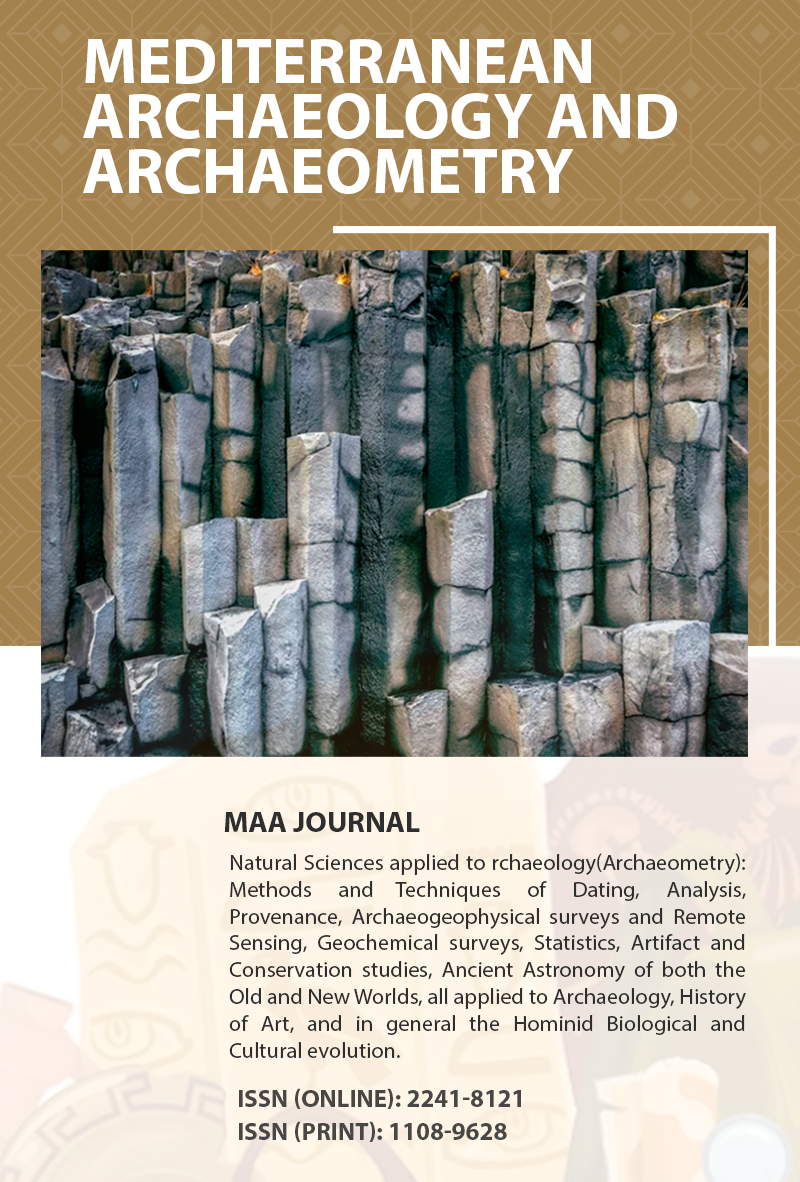RECONSTRUCTING THE LIFE CYCLE OF 3RD CENTURY B.C.E. COOKING JARS. A CASE STUDY FROM A RITUAL DEPOSIT AT CIAMPINO, ROME (ITALY)
Keywords:
Cooking jars, provenance, technology, ritual deposit, thin section petrography, pyroxene, Mid- Republican era, leucite, birefringent matrixAbstract
This paper examines the life cycle of cooking jars from a well of a rural farm in Ciampino, Rome, dated to the Mid-Republican period (4th–3rd centuries B.C.E.). Towards this aim, 39 cooking jars were selected and analysed combining detailed macroscopic observation and thin section petrography. More specifically, thin section petrography was used to reconstruct the production technology of the cooking jars, including raw materials,paste recipes, forming and firing technology. Macroscopic observation of the cooking jars serves to identify evidence for use and discard, and focuses on vessel completeness, accretion, and attrition.
The results suggest that most jars from the well were produced in the region of the Alban Hills (Colli Albani),while a minority seems to have been imported from the Tiber Valley region, north of Rome. Hand specimen observation confirmed that the jars were almost complete, consisting of few and large fragments; they were used very little, if at all, indicating that their deposition in the well was structured and occurred rapidly. Combined with other evidence from the well, comprising Black Gloss ‘Herakles’ bowls, it is suggested that the production, use and discard of the cooking jars formed part of the ritual closure of the well.










